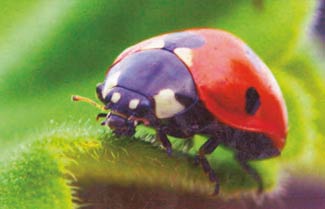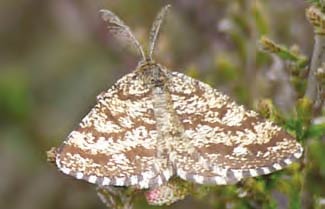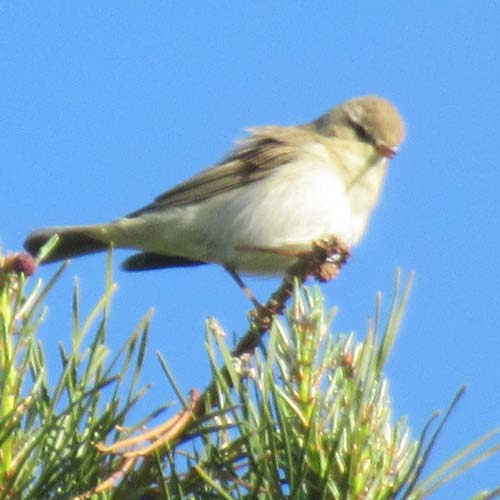
Ashdown Forest News is usually published twice a year in Spring and Autumn by and for The Society of Friends of Ashdown Forest. It is issued free to all members of the Society.
Below are some articles to download.

Recalling some Dialect Words -

Some Forest Moths
News from the forest
Report of birdlife on Ashdown Forest

FEBRUARY TO EARLY APRIL 2021 DURING 3RD LOCKDOWN
CLIVE POOLE, Voluntary Ranger 7th April 2021
February 2021 was cold as usual but the weather was not severe enough to kill off our population of resident DARTFORD WARBLERS. They could be heard calling while sheltering in thick gorse, where they hunted for spiders, their crucial winter diet. Occasionally a fleeting glimpse of a tiny dark -coloured long-tailed bird would confirm the presence of a “furze wren “, the old Sussex name for Dartford Warbler. They rely on heather for nesting and gorse for shelter and most of their food supply.
Our second avian relative UK rarity is the WOODLARK and our breeding population arrived back on the Forest in early February from their wintering grounds on the South coast or across the Channel (without needing to comply with lockdown restrictions). This season they have benefited locally from the gorse-management activities of the conservators who have removed some large blocks of very tall old straggly gorse, useless for wildlife. This has left areas of bare ground, gorse litter and scattered seeds. Just the job for WOODLARKS who are opportunistic colonisers after fire damage or major ground disturbance. They, paradoxically, both feed and breed on the ground on open heaths (not inwoods despite their name) searching the bare and battered ground for seeds and insects. They also favour feeding on short grass grazed by rabbits.
(more…)
